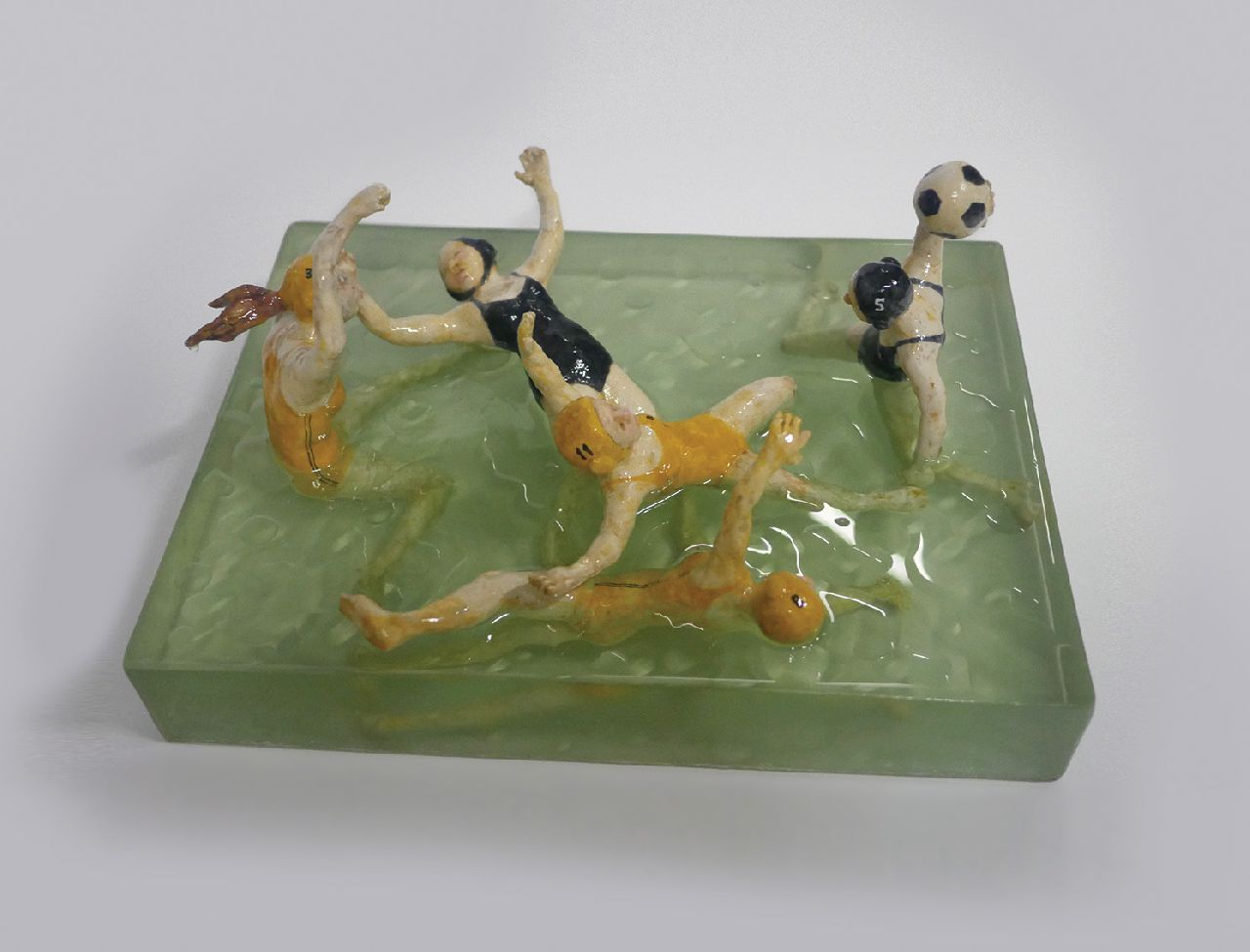 Water polo players. 2018. Author’s technique. 23×32×17 cm
Water polo players. 2018. Author’s technique. 23×32×17 cm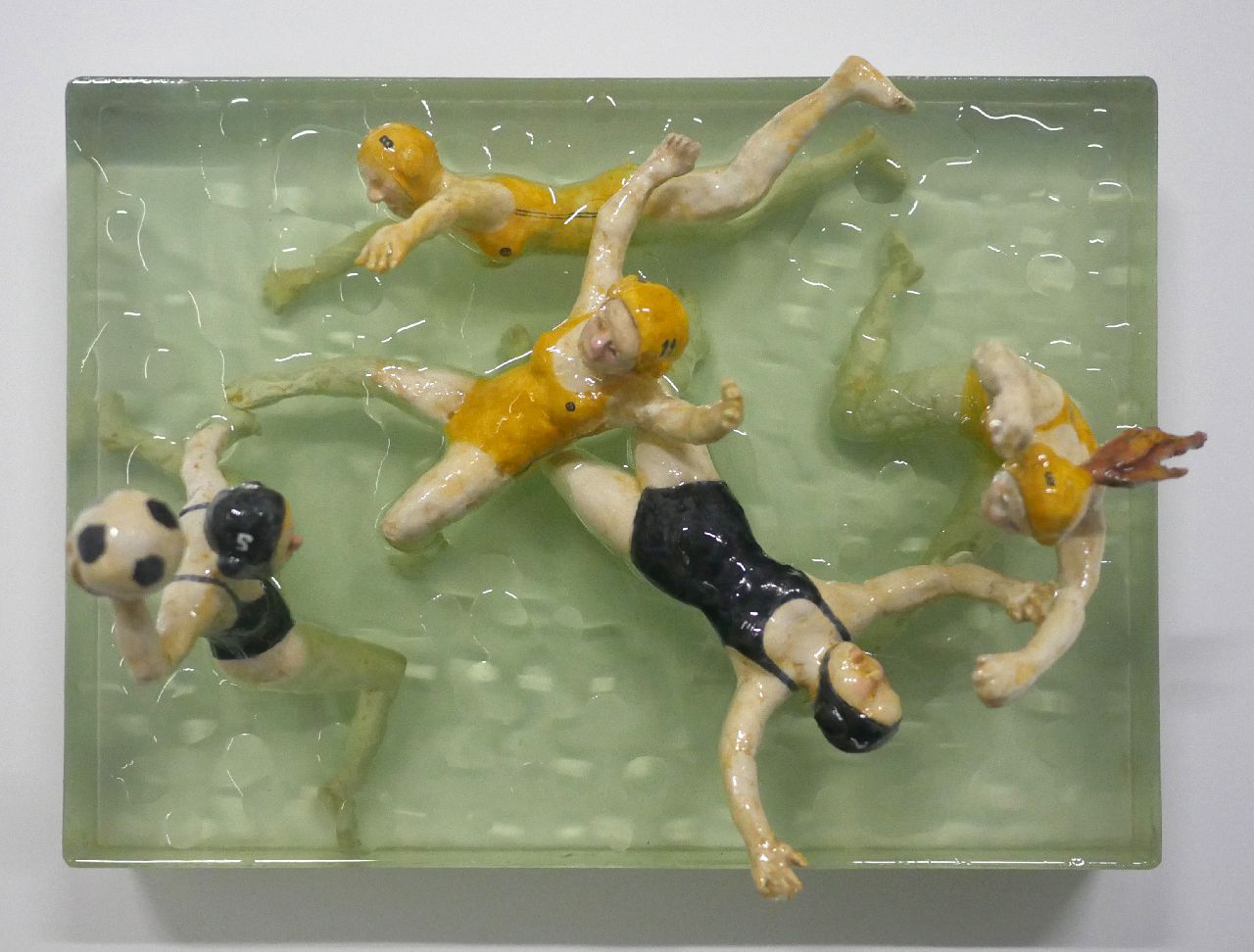 Water polo players. 2018. Author’s technique. 23×32×17 cm
Water polo players. 2018. Author’s technique. 23×32×17 cm Water polo players. 2018. Watercolor on paper. 55×75 cm
Water polo players. 2018. Watercolor on paper. 55×75 cm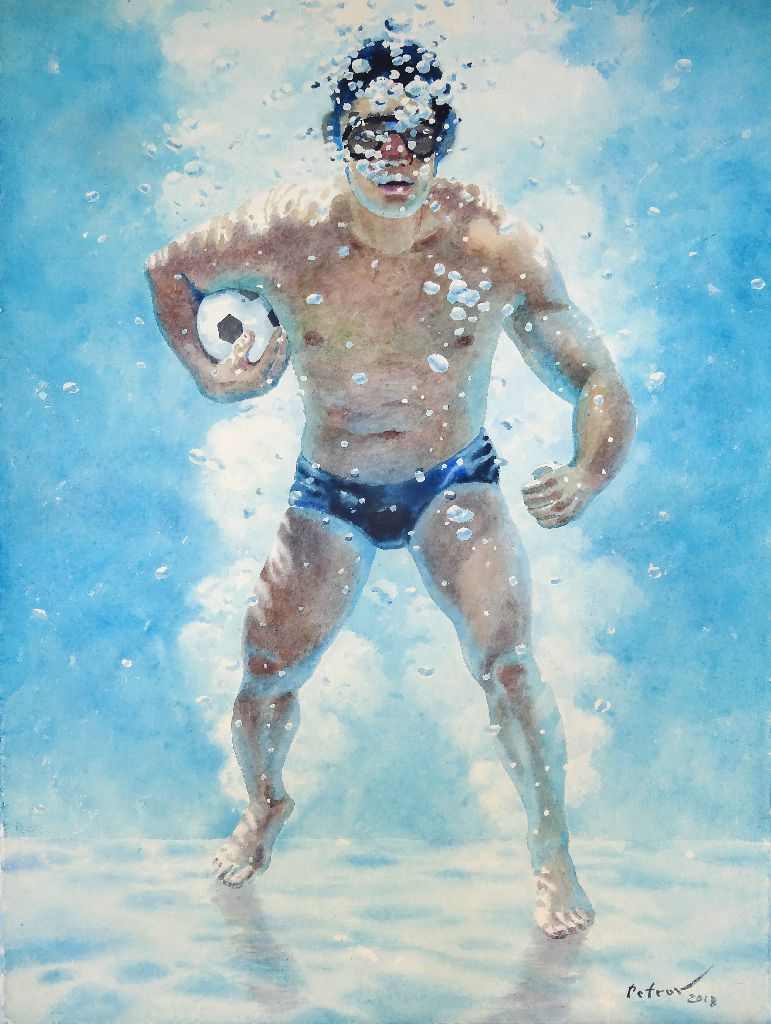 Trainer. 2018. Watercolor on paper. 75×55 cm
Trainer. 2018. Watercolor on paper. 75×55 cm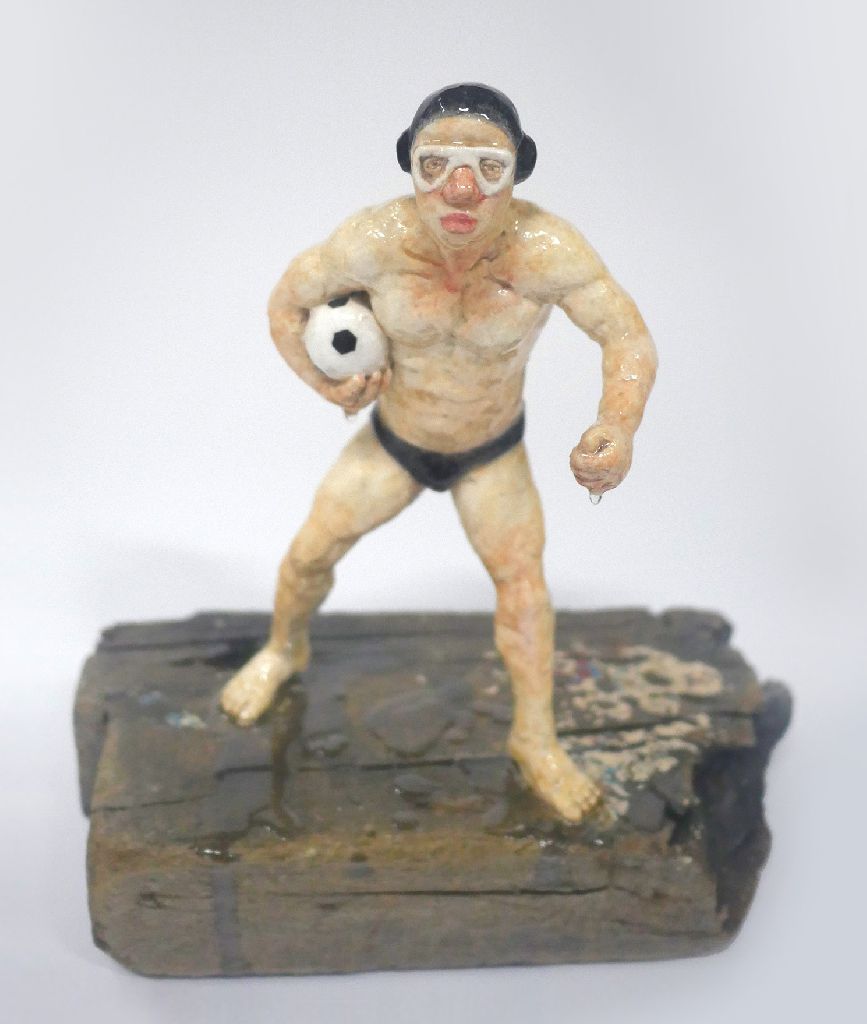 Trainer. 2018. Author’s technique. 13×29,5×30 cm
Trainer. 2018. Author’s technique. 13×29,5×30 cm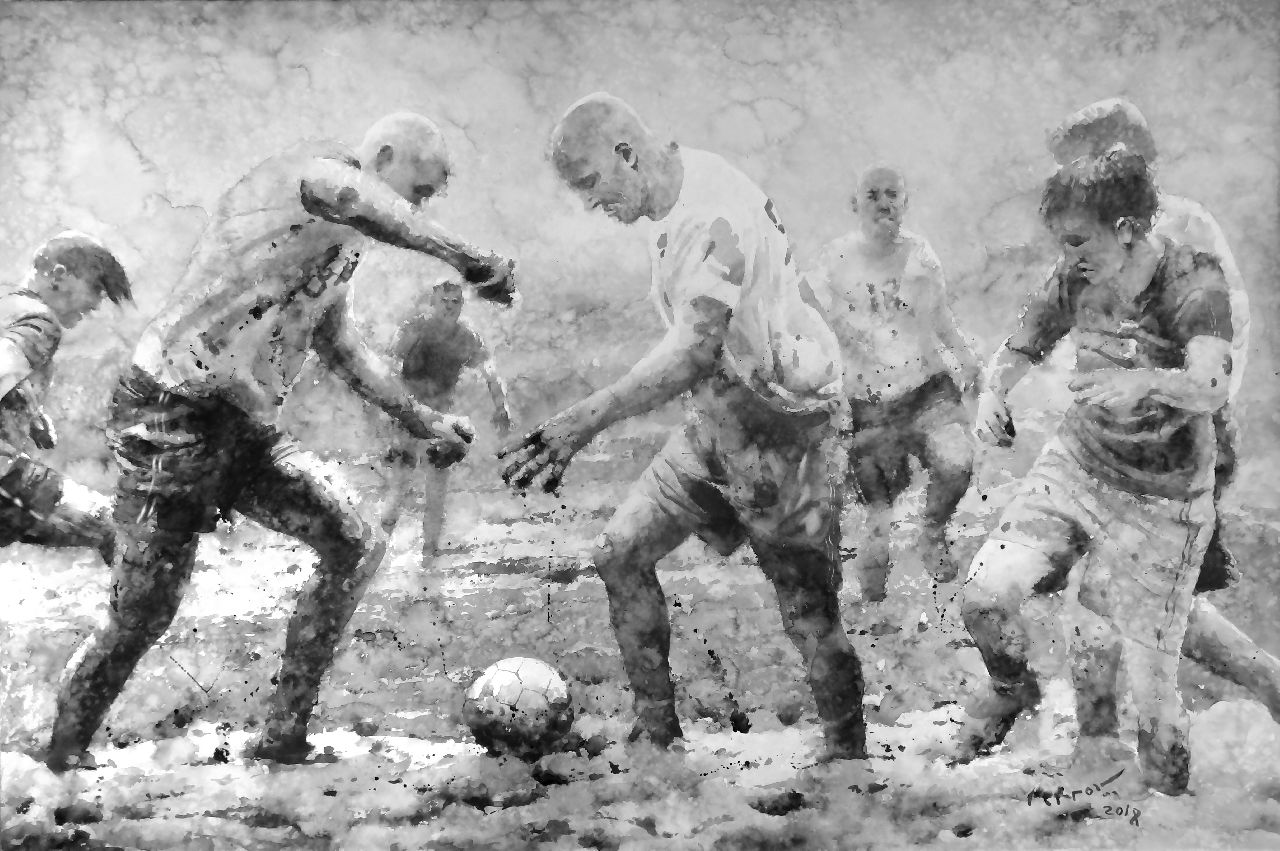 Football players. 2018. Watercolor on paper. 100×150 cm
Football players. 2018. Watercolor on paper. 100×150 cm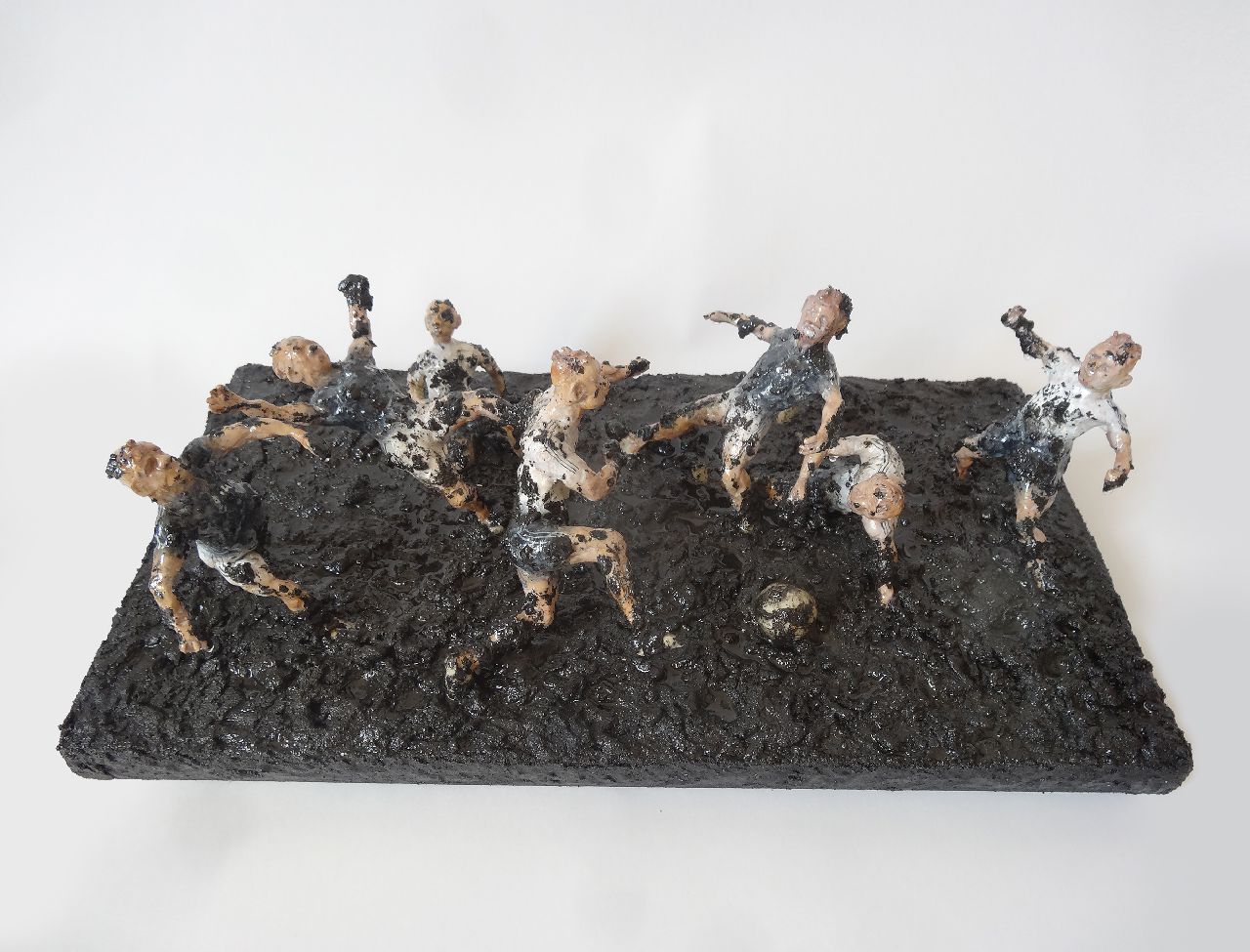 Football players. 2018. Author’s technique. 47×24×16 cm
Football players. 2018. Author’s technique. 47×24×16 cm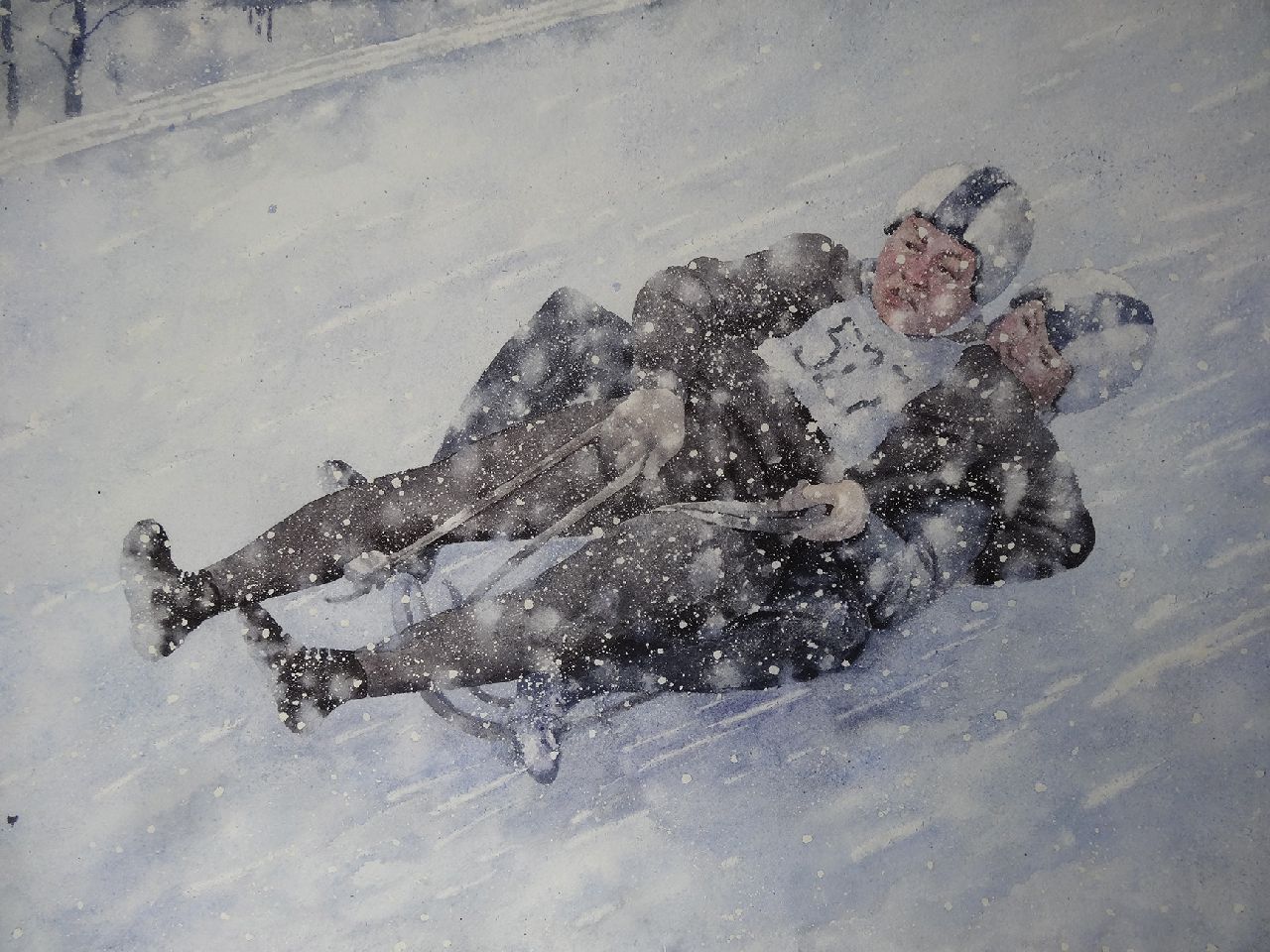 Lugers. 2018. Watercolor on paper. 55×75 cm
Lugers. 2018. Watercolor on paper. 55×75 cm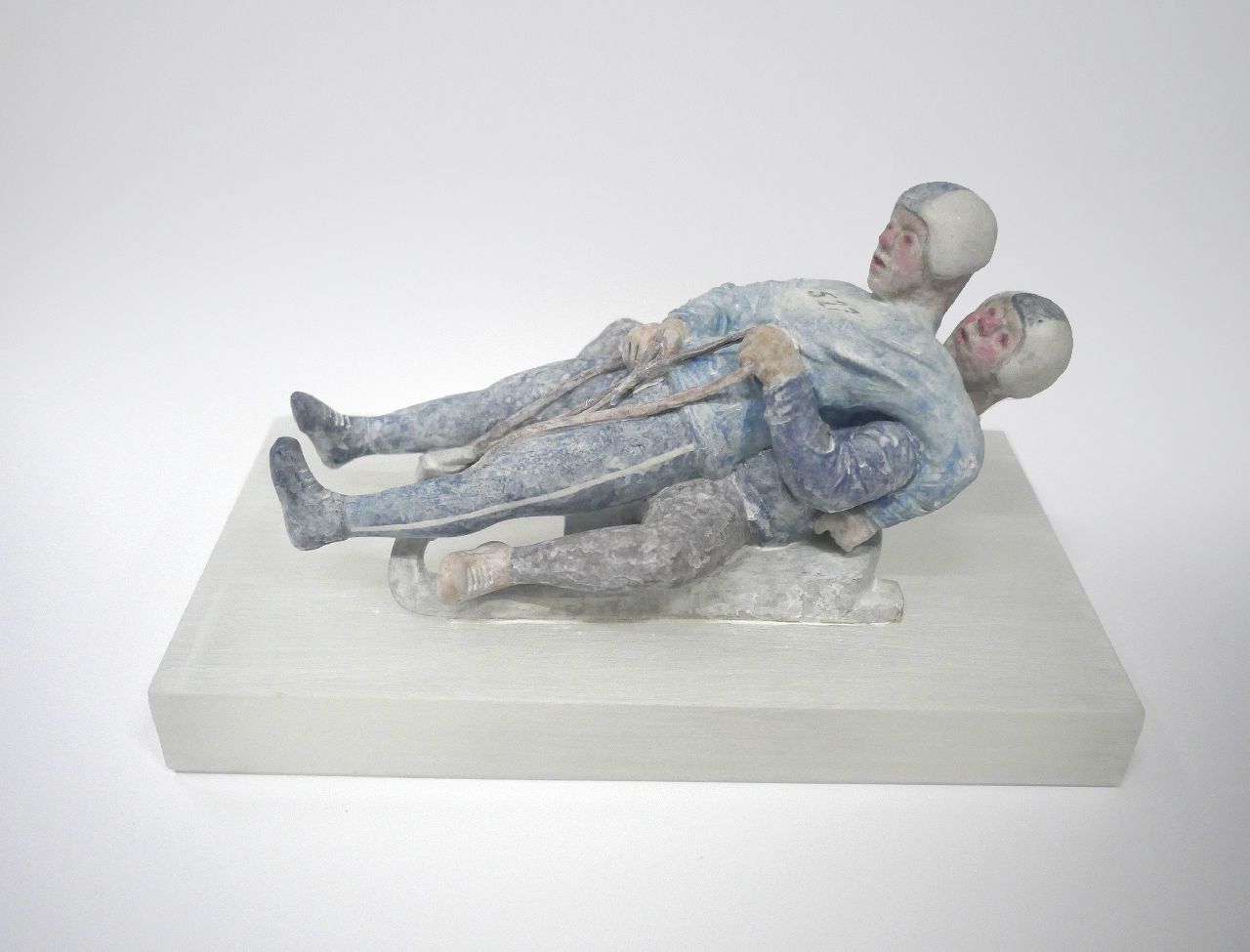 Lugers. 2018. Author’s technique. 30×15×16 cm
Lugers. 2018. Author’s technique. 30×15×16 cm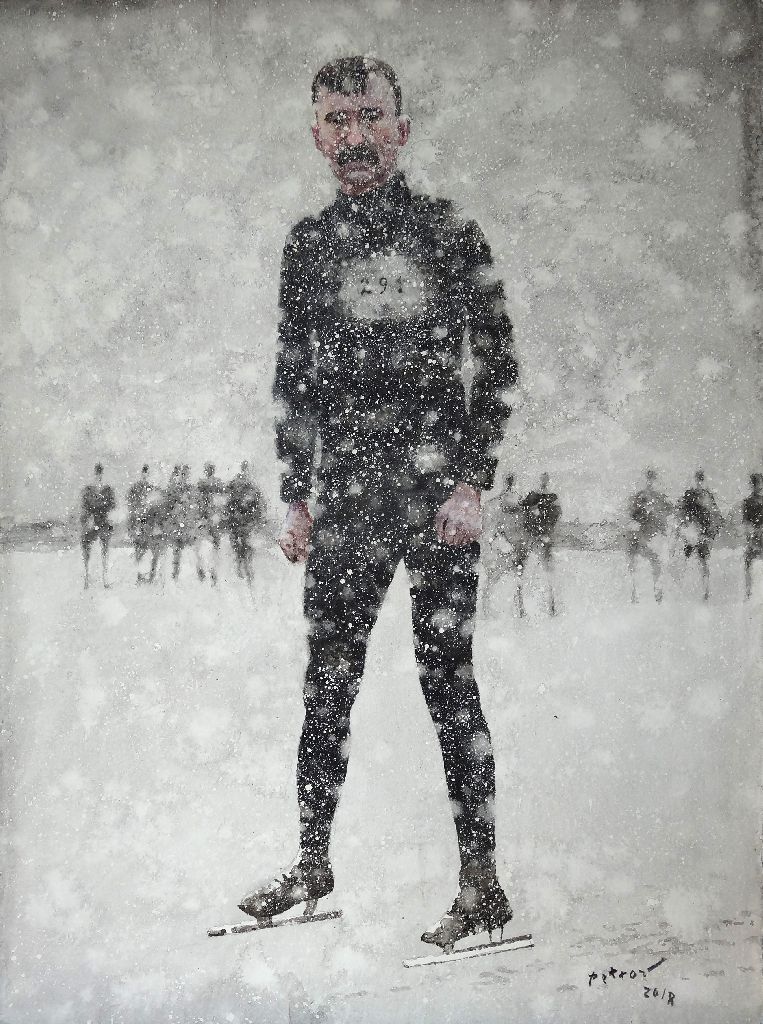 Skater. 2018. Watercolor on paper. 75×55 cm
Skater. 2018. Watercolor on paper. 75×55 cm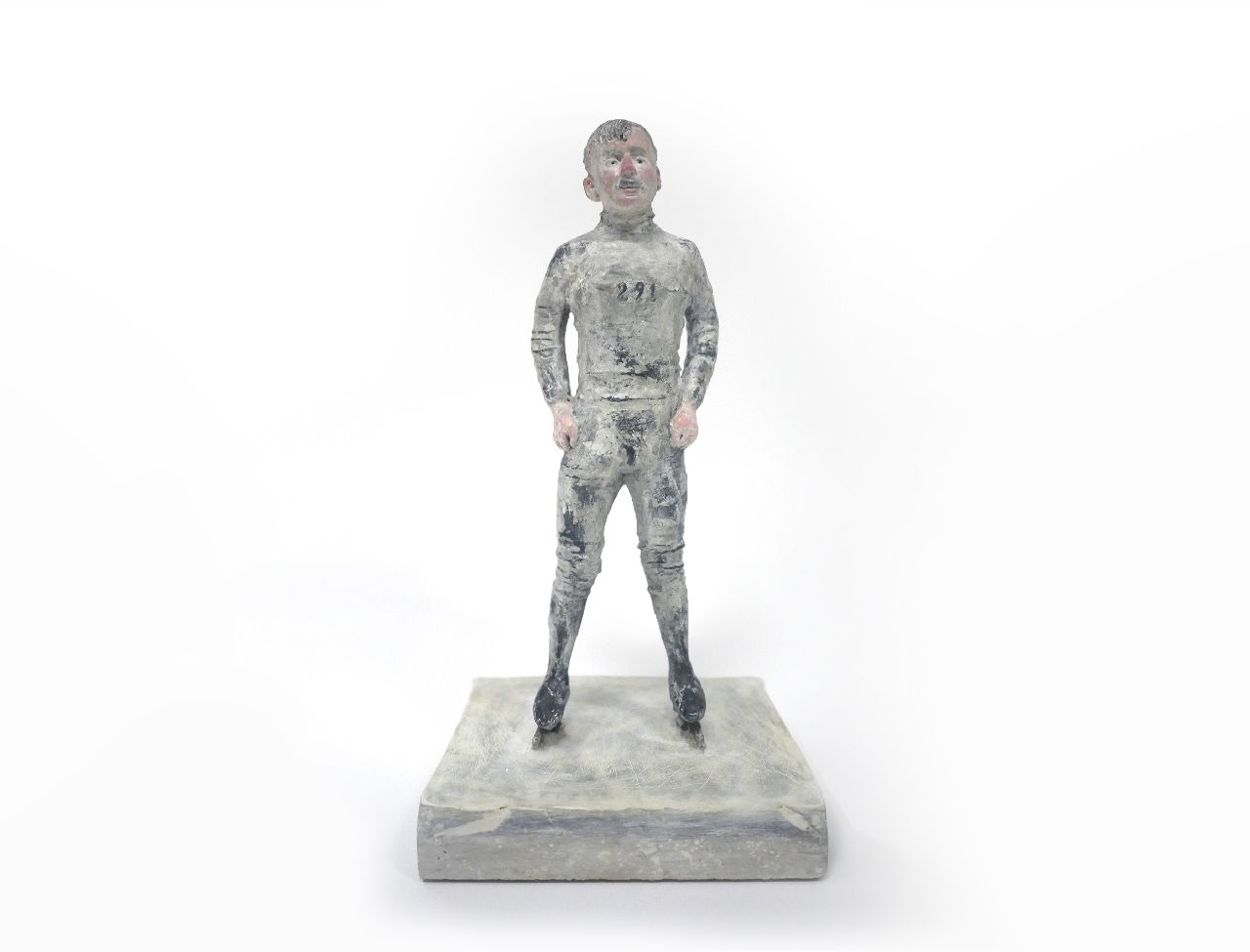 Skater. 2018. Author’s technique. 15×18×35 cm
Skater. 2018. Author’s technique. 15×18×35 cm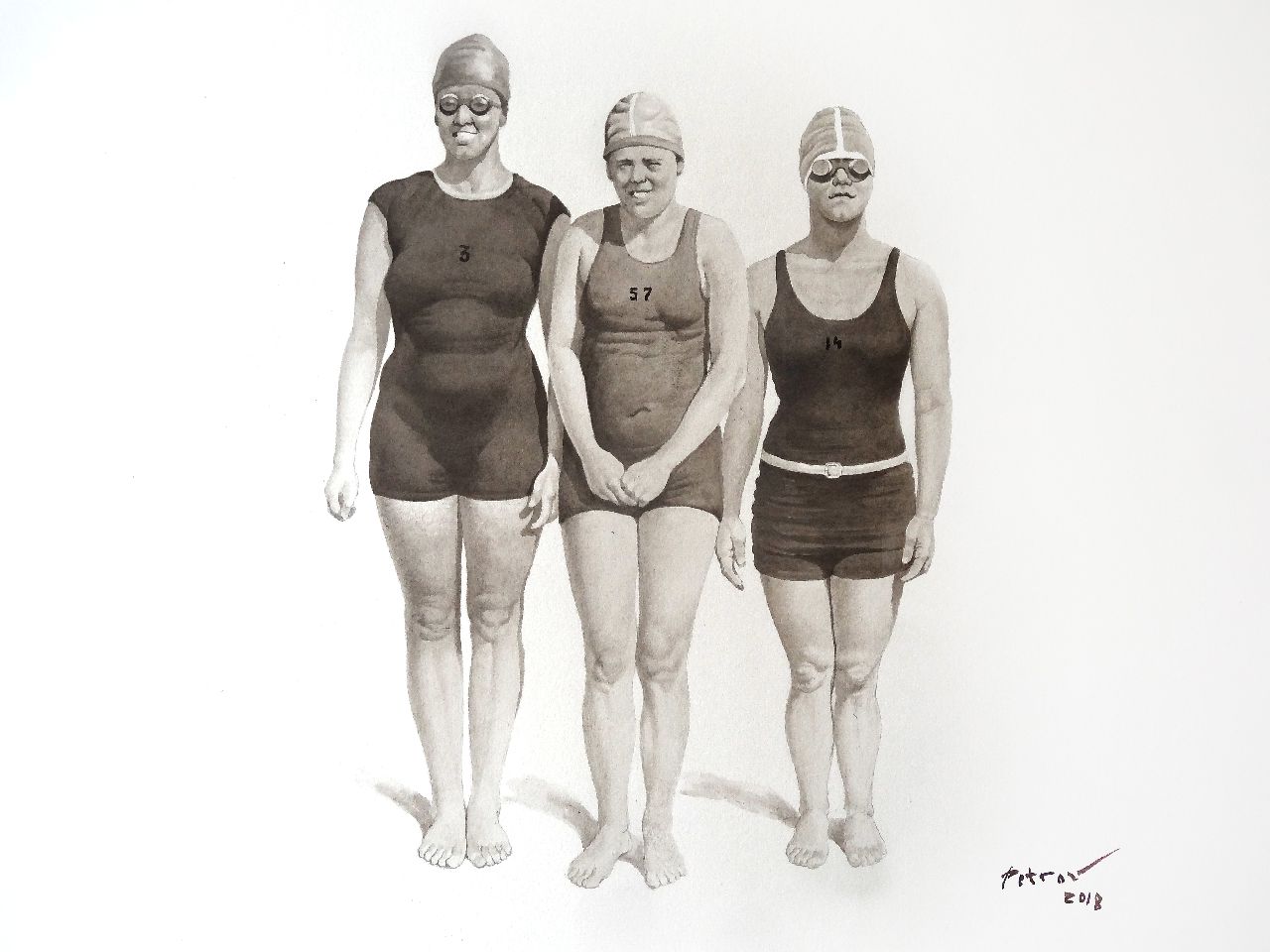 Three Swimmers. 2018. Watercolor on paper. 52×71 cm
Three Swimmers. 2018. Watercolor on paper. 52×71 cm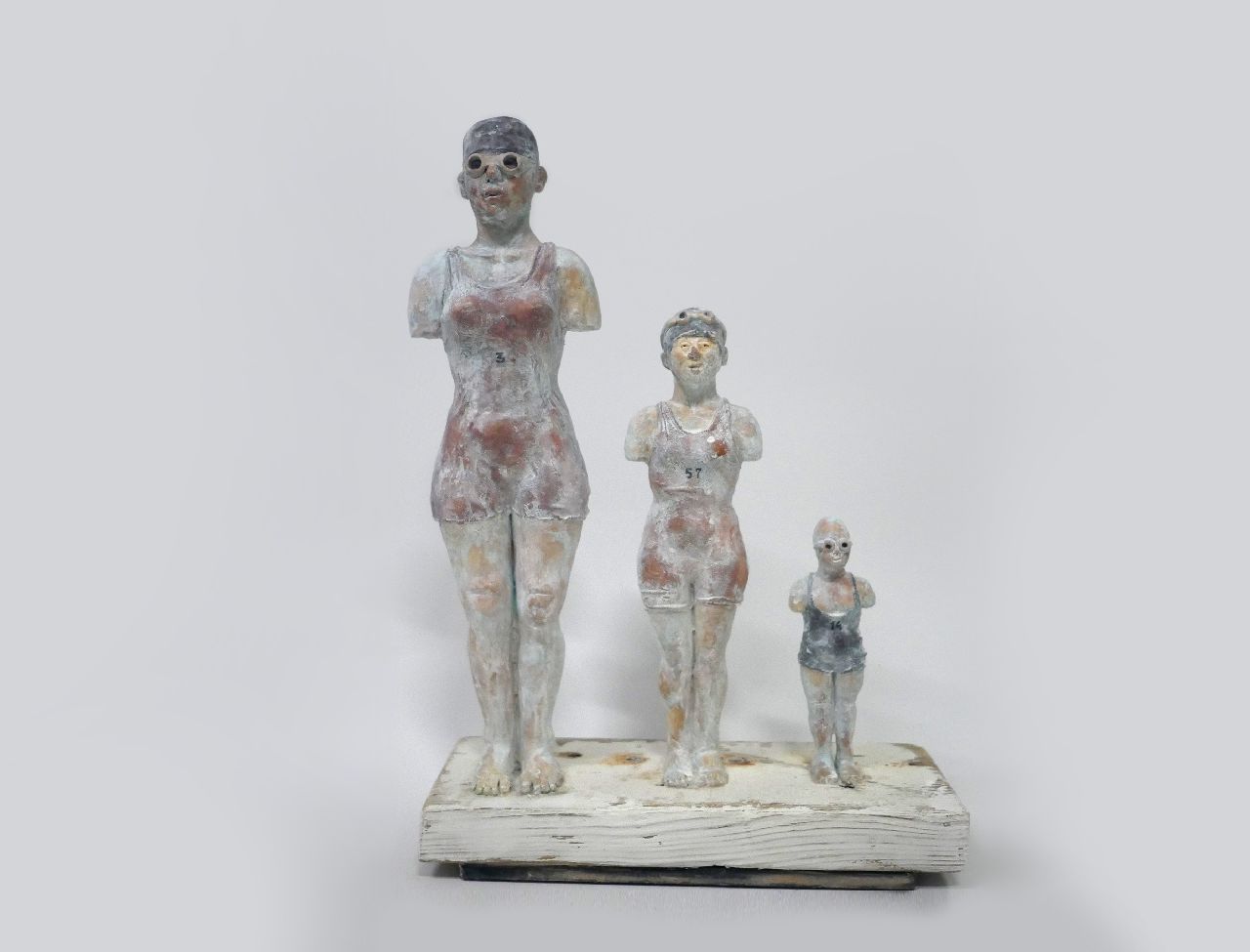 Three Swimmers. 2018. Author’s technique. 10,5×31×44 cm
Three Swimmers. 2018. Author’s technique. 10,5×31×44 cm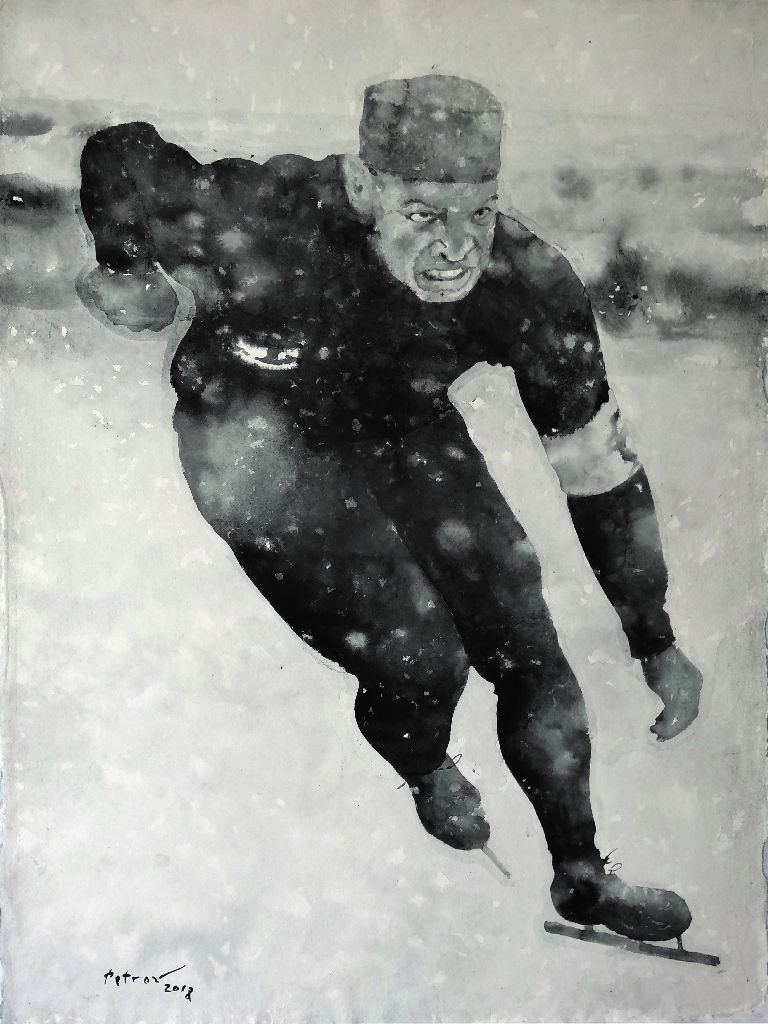 At a distance. 2018. Watercolor on paper. 75×55 cm
At a distance. 2018. Watercolor on paper. 75×55 cm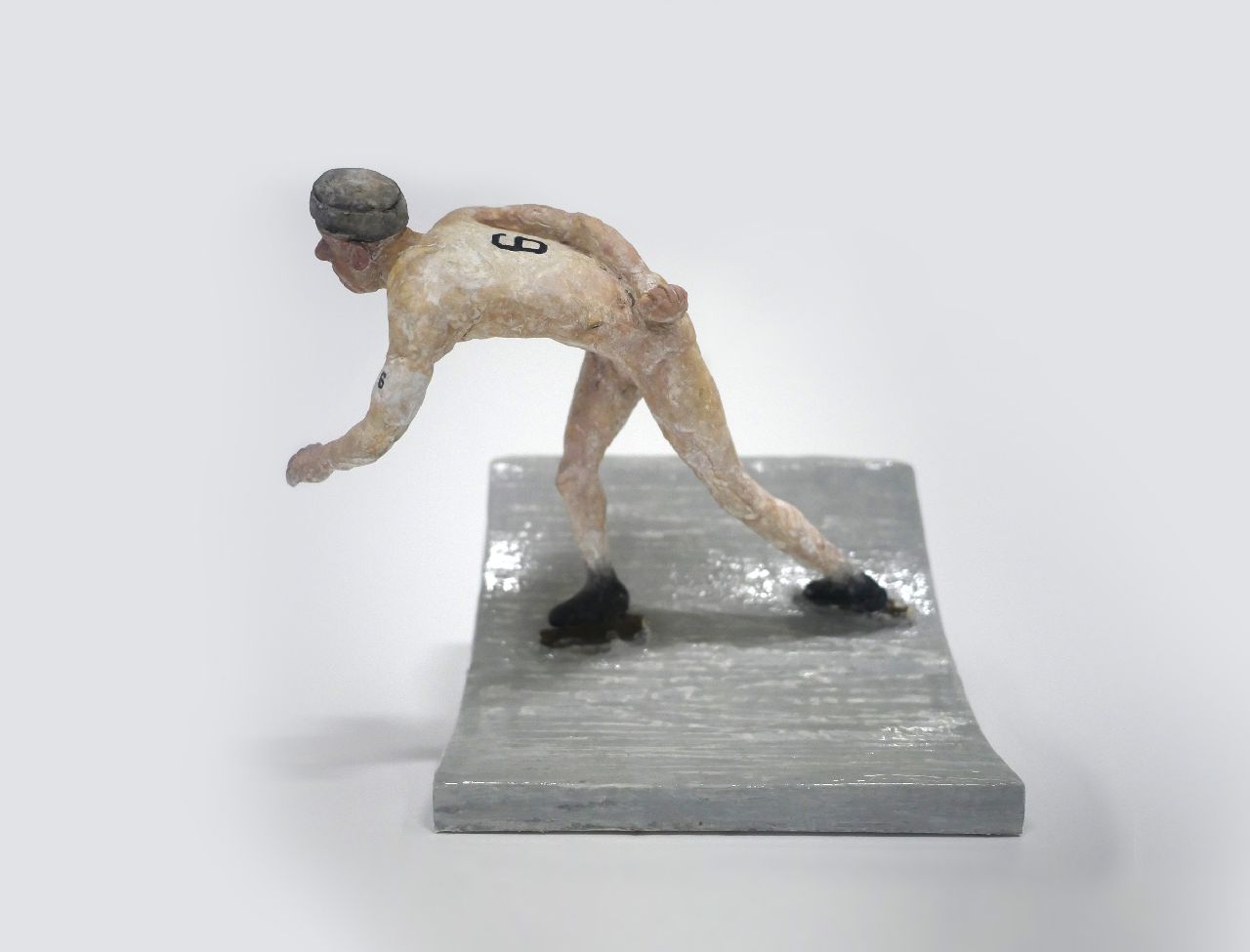 At a distance. 2018. Author’s technique. 14,5×25×22,5 cm
At a distance. 2018. Author’s technique. 14,5×25×22,5 cm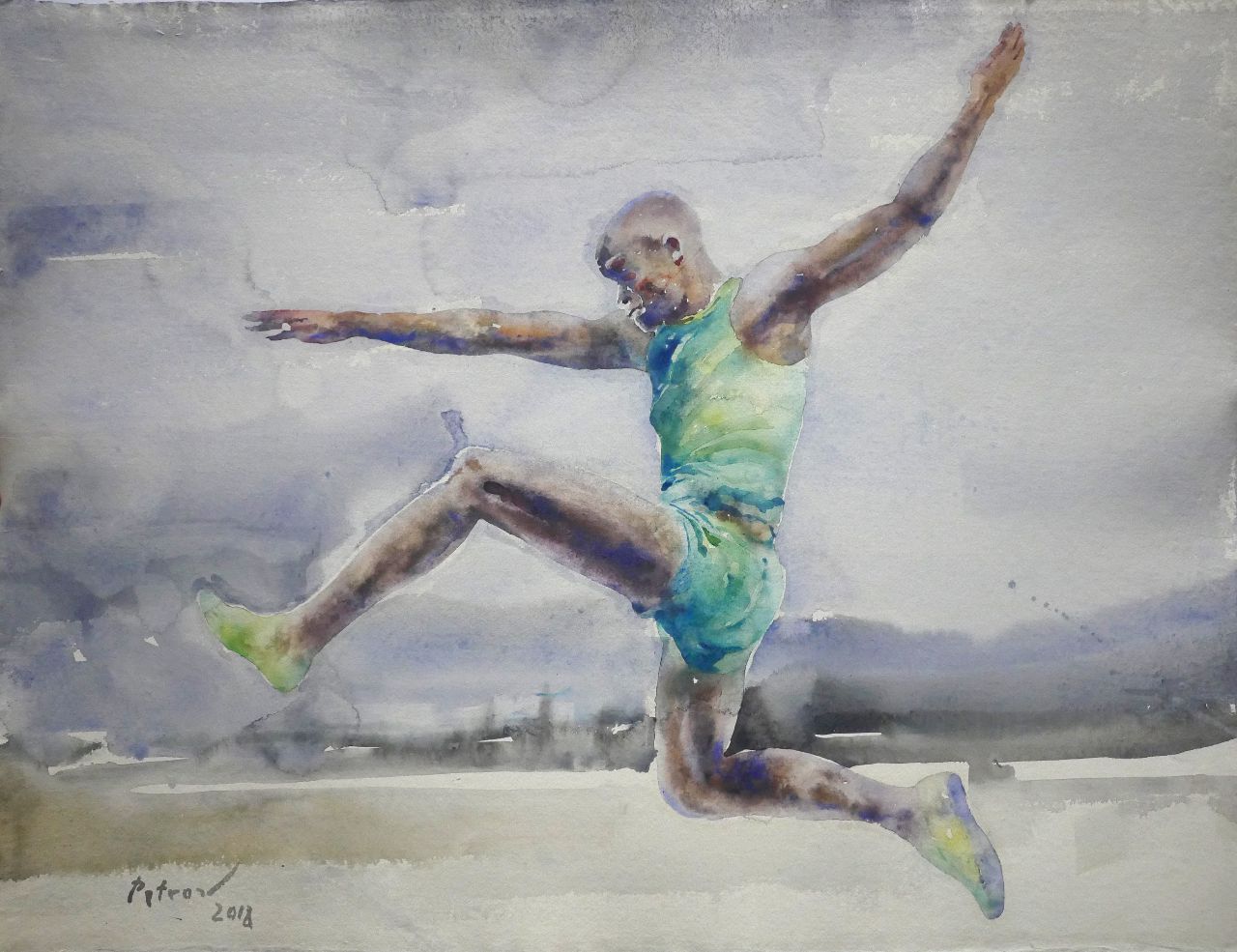 Jumper. 2018. Watercolor on paper. 55×75 cm
Jumper. 2018. Watercolor on paper. 55×75 cm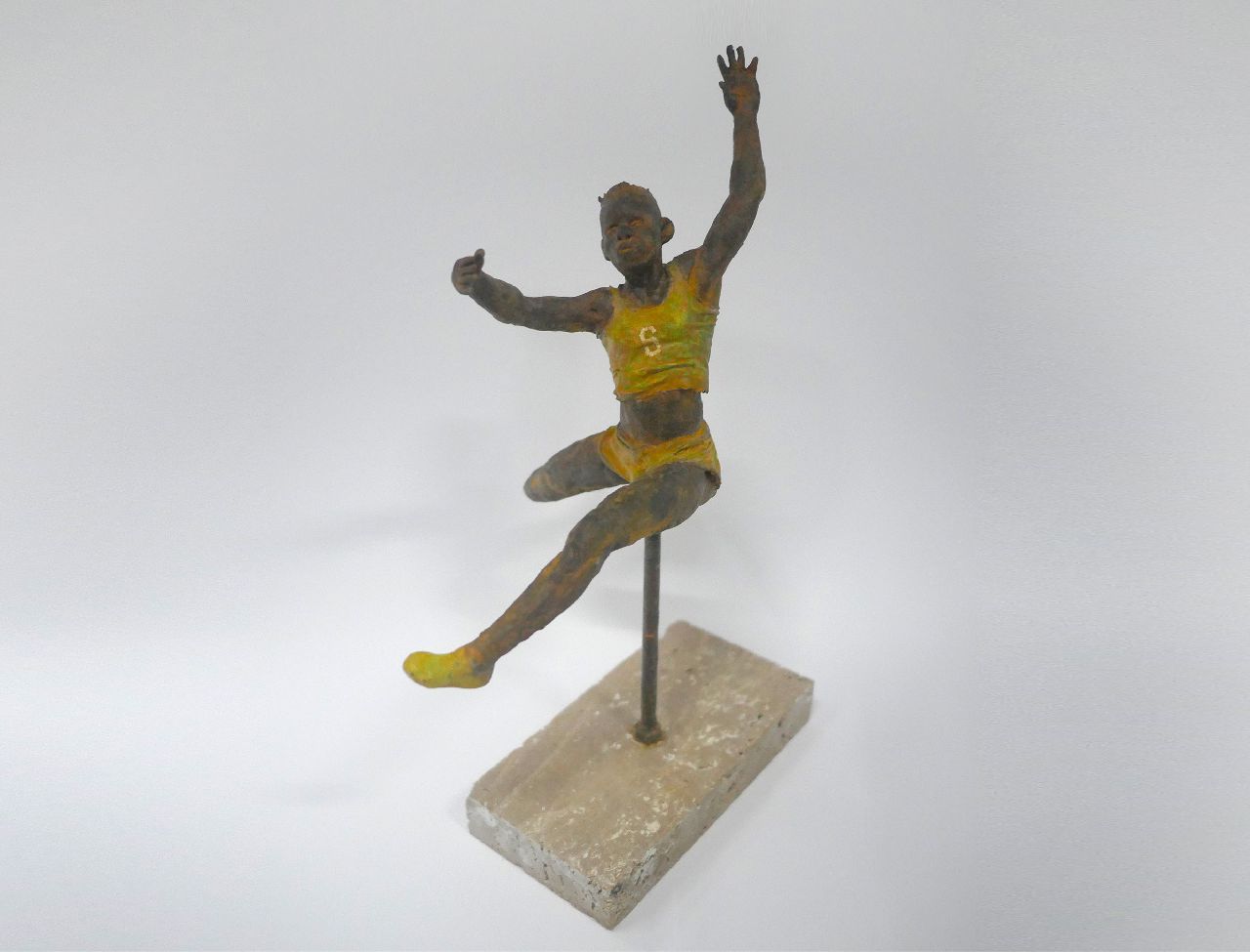 Jumper. 2018. Author’s technique. 27×14×35,5 cm
Jumper. 2018. Author’s technique. 27×14×35,5 cm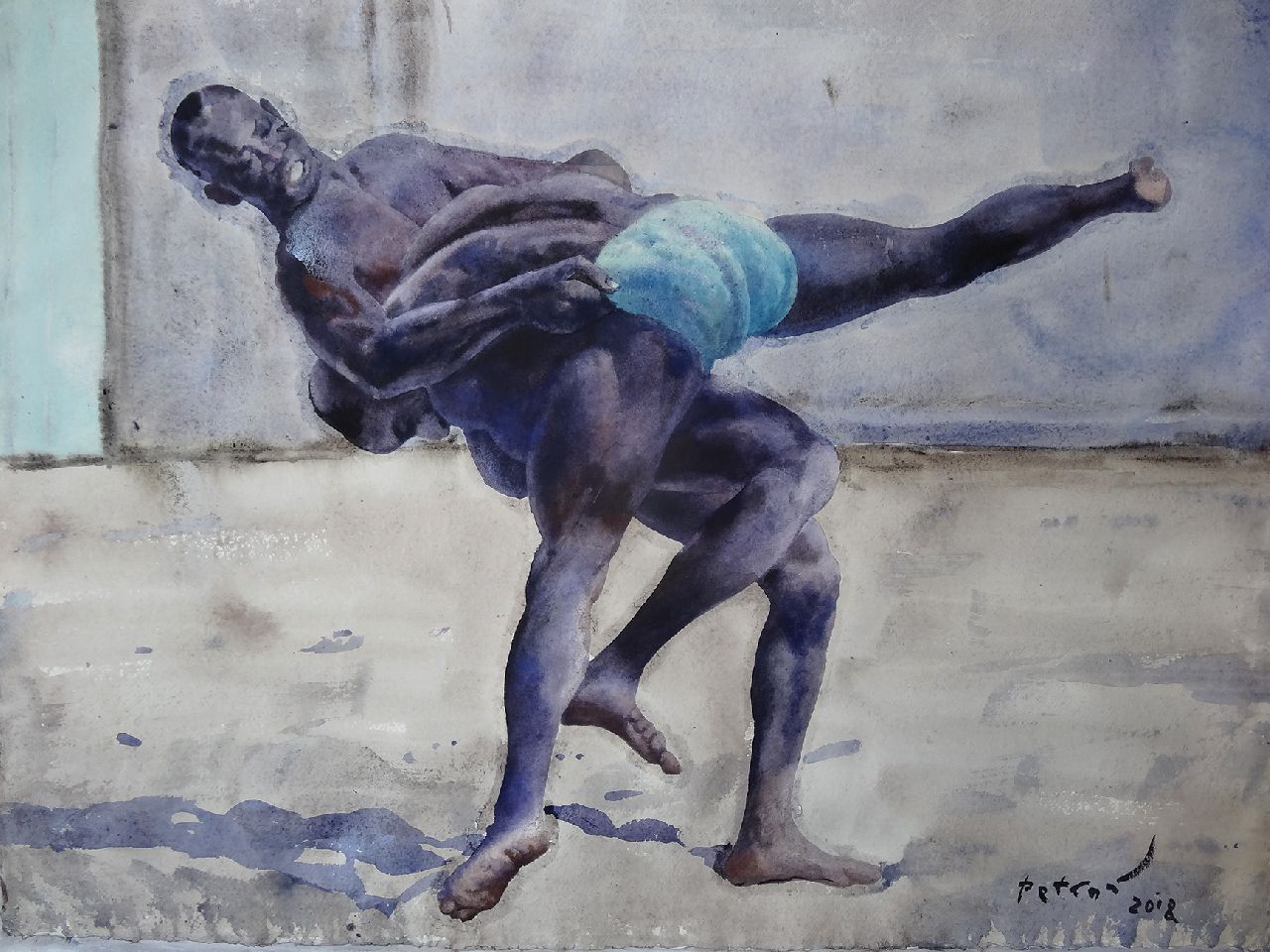 Wrestlers. 2018. Watercolor on paper. 55×75 cm
Wrestlers. 2018. Watercolor on paper. 55×75 cm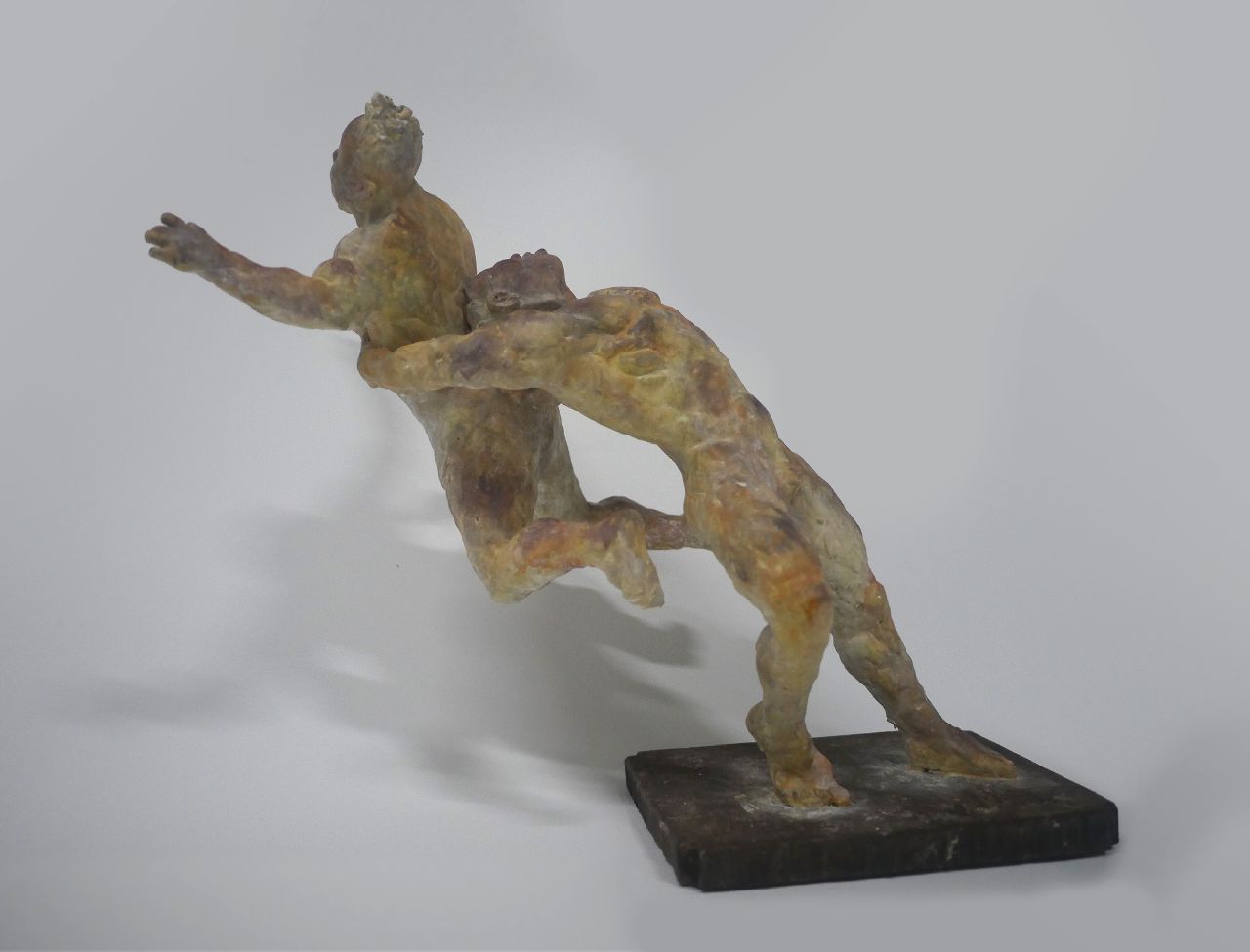 Wrestlers. 2018. Author’s technique. 44×37.5×26 cm
Wrestlers. 2018. Author’s technique. 44×37.5×26 cm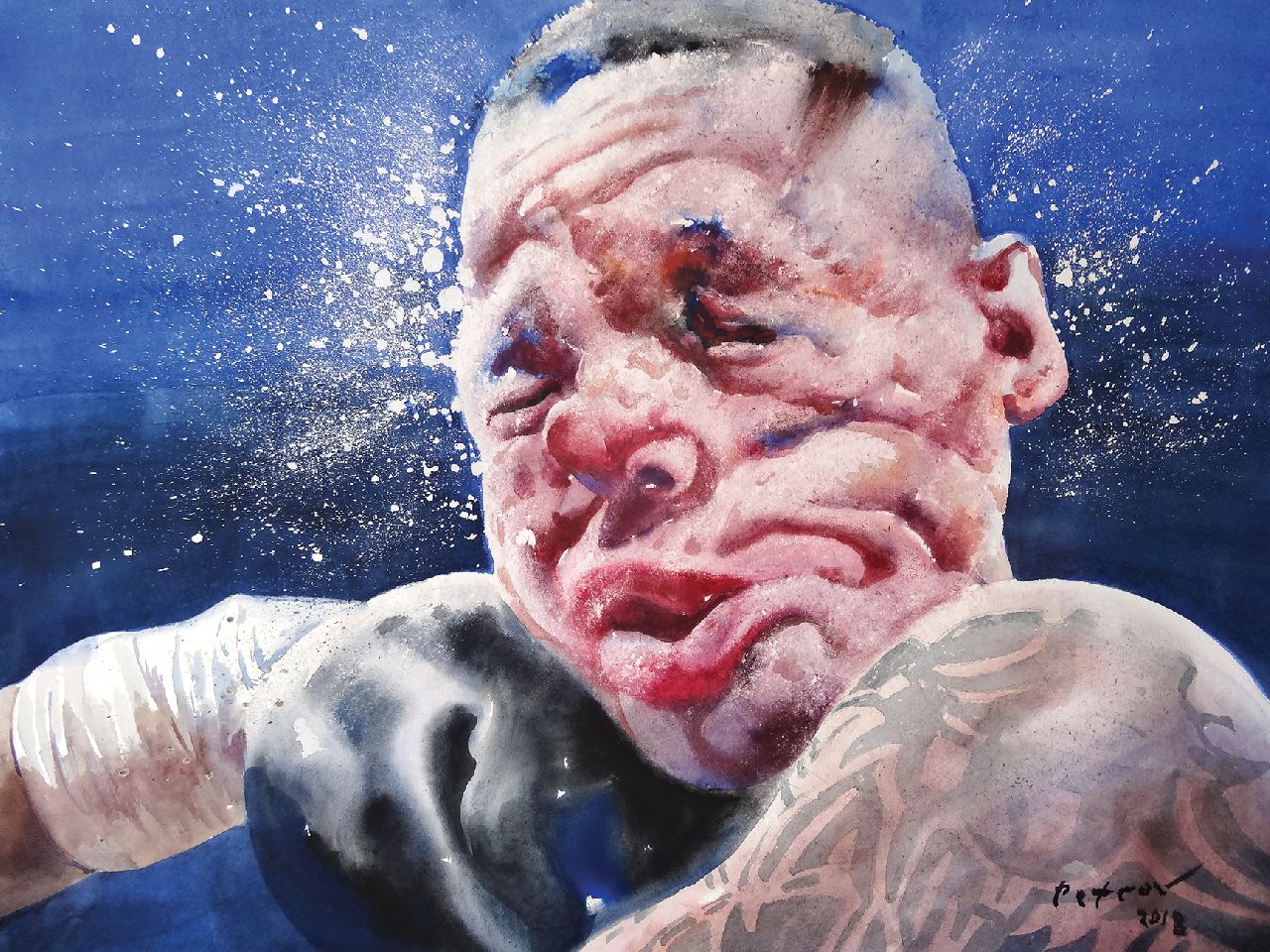 Boxer. 2018. Watercolor on paper. 55×75 cm
Boxer. 2018. Watercolor on paper. 55×75 cm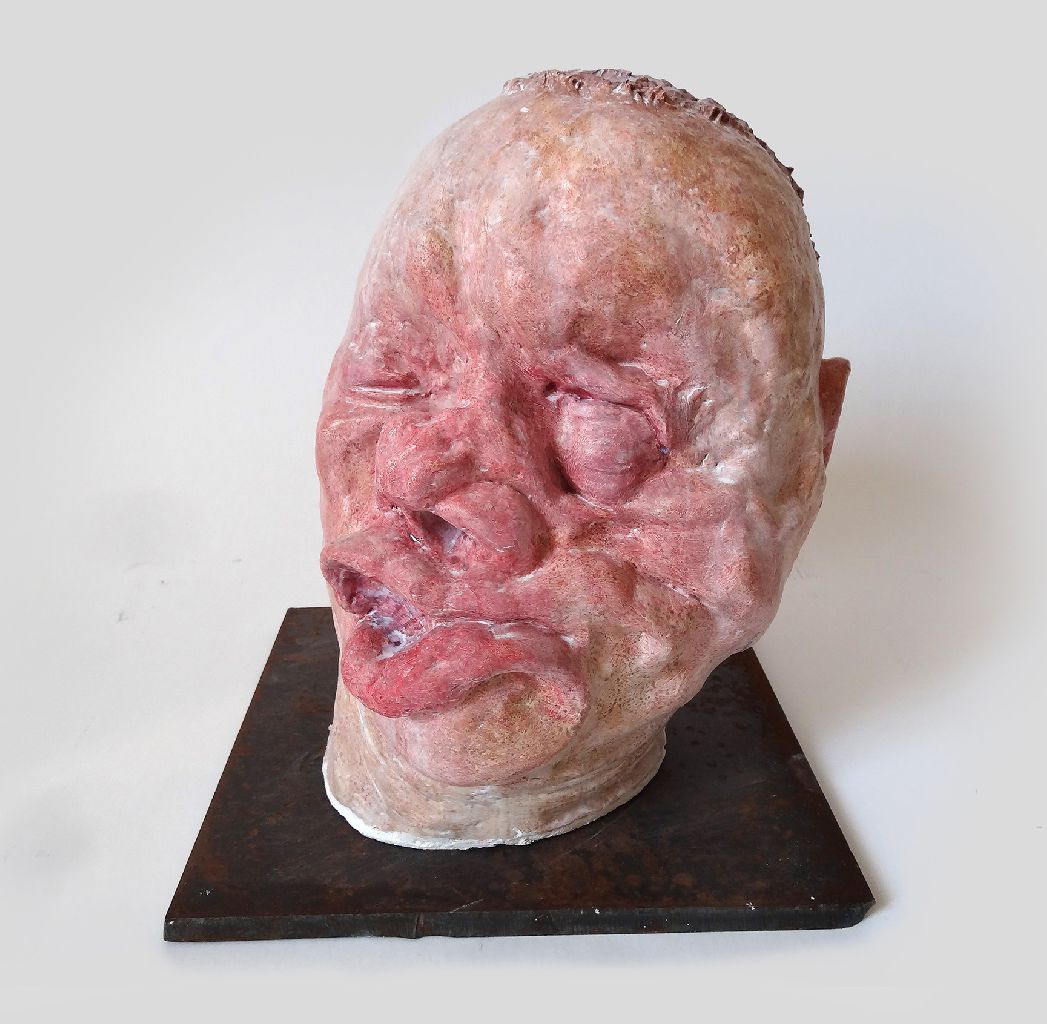 Boxer. 2018. Author’s technique. 26×23×28 cm
Boxer. 2018. Author’s technique. 26×23×28 cmThe twentieth century was marked by a multitude of social cataclysms, which, together with technological progress, completely transformed the way of life of a person, her daily routine and in many respects govern them to this day. Sport, which became the theme of Petrov’s new project, was no exception. It was in the twentieth century that sport became one of the main companions of propaganda and politics. If we recall the “Triumph of Will” by Leni Riefenstahl or the results of the Olympics during the Cold War when the leaders of the medal count were only the United States or the USSR, then we will understand why sport has become and remains one of the most invested social assets. Only now, again, due to technical progress, “triumphs” are more often owned by ordinary people who increasingly invest their time and money into unprofessional sport, converting them into photos in social networks, the appearance of belonging to something important, an attempt to make a dent in the universe. In short, this is the only way they express themselves.
